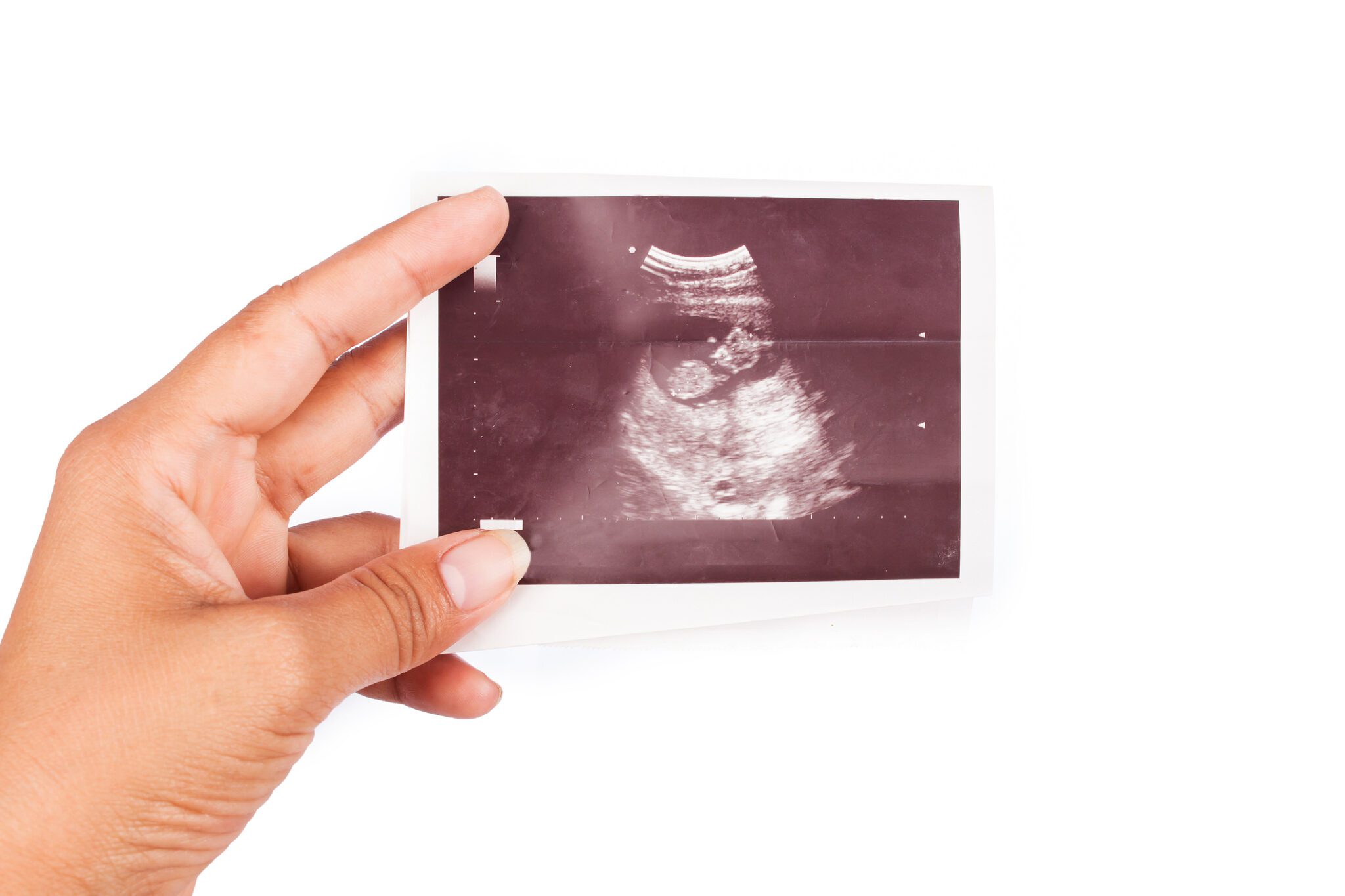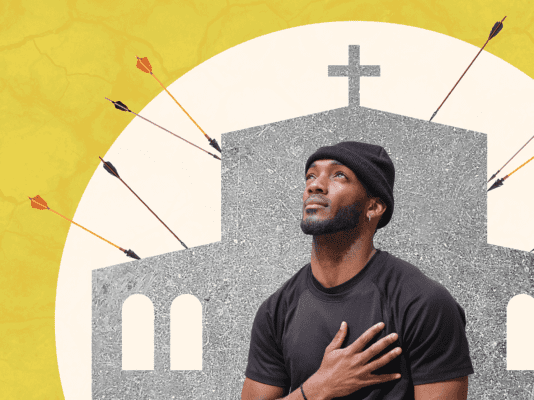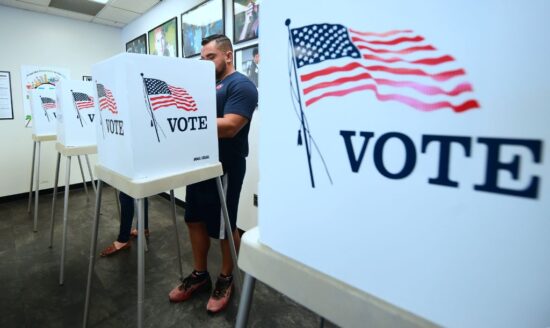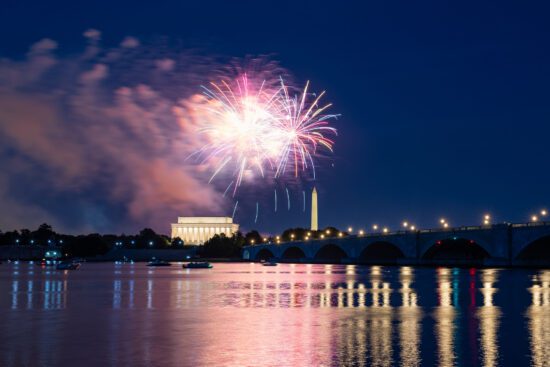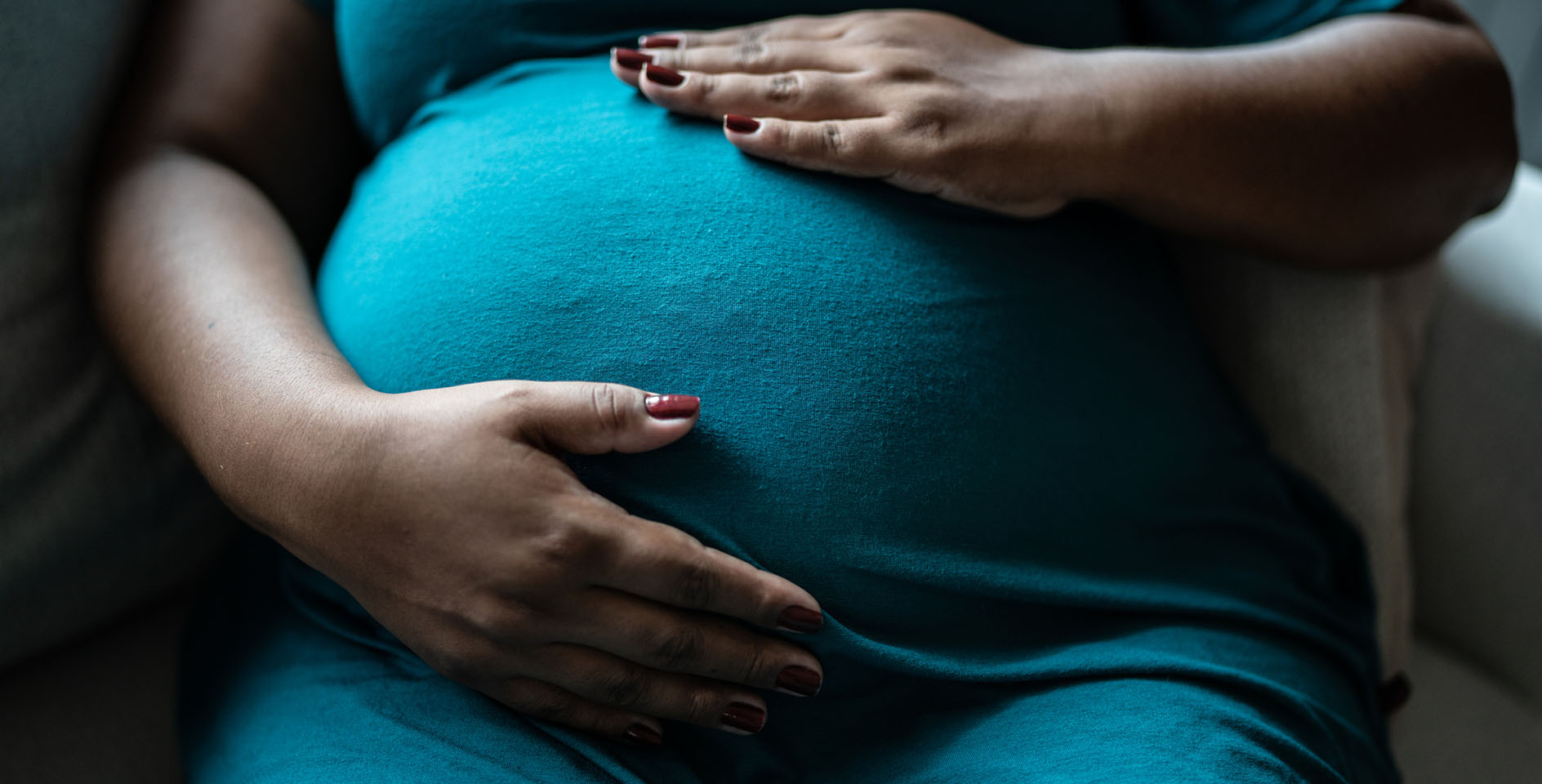Would you say that over the past three decades (since about the mid-1980s) the percentage of people in the world who live in extreme poverty — previously defined as living on less than $1.25 per day — has:
A) Increased
B) Decreased
C) remained the same
The right answer is B: extreme poverty has decreased by more than half during that time period. Yet according to a Barna Group survey taken in 2014, more than eight in 10 Americans (84 percent) were unaware global poverty has reduced so drastically, and more than two-thirds (67 percent) said they thought global poverty had risen.
Additionally, more than two-thirds of US adults (68 percent) said they don’t believe it’s possible to end extreme global poverty within the next 25 years. One exception to this pessimism was practicing Christians. Defined by Barna as people who have attended a church service in the past month and say their religious faith is very important in their life, practicing Christians under 40 are the most optimistic at nearly half (48 percent), with practicing Christians over 40 slightly higher than the general population (37 percent compared to 32 percent of all adults).
The reason for the pessimism about eradicating extreme poverty generally falls into one of five categories:
(1) 21 percent believe poverty is simply inevitable and will always exist;
(2) 20 percent don’t think enough people care about the issue;
(3) 17 percent feel there is not enough of a collective global effort;
(4) 17 percent can’t get past the enormity of the problem; or
(5) 14 percent do not trust what they see as corrupt governments in impoverished countries.
Some of these concerns are warranted; the pessimism is not. The eradication of extreme poverty in the next few decades is a very real possibility. In fact, it may be possible to end to extreme poverty within the next 15 years.
That’s the current goal of the World Bank and the United Nations, a benchmark that was set to replace the previous goal. In 1990, the UN’s Millennium Development Goals included a target of halving poverty by 2015. That goal was achieved five years early. In 1990, more than one-third (36 percent) of the world’s population lived in abject poverty; by 2010 the number had been cut in half (18 percent). Today, it’s 15 percent.
Extreme poverty had previously been defined as living on less than $1.25 a day. However, the World Bank, which sets the benchmark for the global extreme poverty line, recently shifted the line from $1.25 a day to $1.90 a day. Even with the higher rate (which will include more people), the ambitious goal is achievable. It will, however, be difficult.
Most of the reduction in poverty since 1990 is because of the economic growth of India and China. In 1990, 51 percent of the population of India lived in extreme poverty; today, it’s around 22 percent. Improvements in China have been even more stunning. In 1981, 65 percent of the Chinese population lived in abject poverty. By 2007, the number had been reduced to four percent.
Increases in free trade (i.e., reductions or elimination of tariffs, quotas, or other restrictions on trade between countries) and a shift toward market-oriented economies transformed China and India. Unfortunately, that isn’t as likely to happen in the areas of the world that currently have the highest rates of poverty.
Sub-Saharan Africa, for instance, is plagued by corruption, armed conflict, and has become dependent on foreign aid. The result, as the BBC notes, is that sub-Saharan Africa is the only region where the number of poor people has increased during the past three decades. (Although the percentage of the African population living in extreme poverty is slightly lower than in 1981, population growth has caused the total number to double.)
Even if the UN and World Bank target is reached, though, it won’t mean that no one is living in poverty. Just as “frictional unemployment” (about four percent) exists when there is “full” employment, “frictional poverty” (around three to eight percent) will continue even when extreme poverty has been “ended.” That works out to be about 664 million people still living in poverty out of an estimated 8.3 billion people on the planet, notes the BBC.
The idea that extreme poverty could “end” and yet twice the current U.S. population be living on less than $1.90 a day may sound strange. Yet for most of history everyone lived in extreme poverty. HumanProgress.org produced a fascinating chart that compares the number of people living in extreme poverty (the orange line) with the number of people not living in extreme poverty (the blue line).
If the lines extended further to the left, we’d see them grow closer together. For almost all of human history, most everyone lived in a condition of extreme poverty. The Industrial Revolution helped to lift many people above a subsistence-level standard of living. But the gains appear to have been limited. As we see, from 1820 to about 1950 the two lines remain almost parallel.
Then around 1970, a seismic shift occurred. Just as the pessimists began to predict the world would run out of food and we’d all starve to death, economic growth began to carry more and more people out of poverty.
We often take for granted how quickly the situation changed, but this chart helps to highlight the amazing (and hopefully irreversible) shift in human flourishing. Reducing the number even further, to eight percent of the global population, would be an astounding achievement. It will take an unprecedented level of innovation and entrepreneurialism. But it an achievable goal. And if it succeeds, the Lord will have allowed us to witness one of humanity’s greatest accomplishments.


